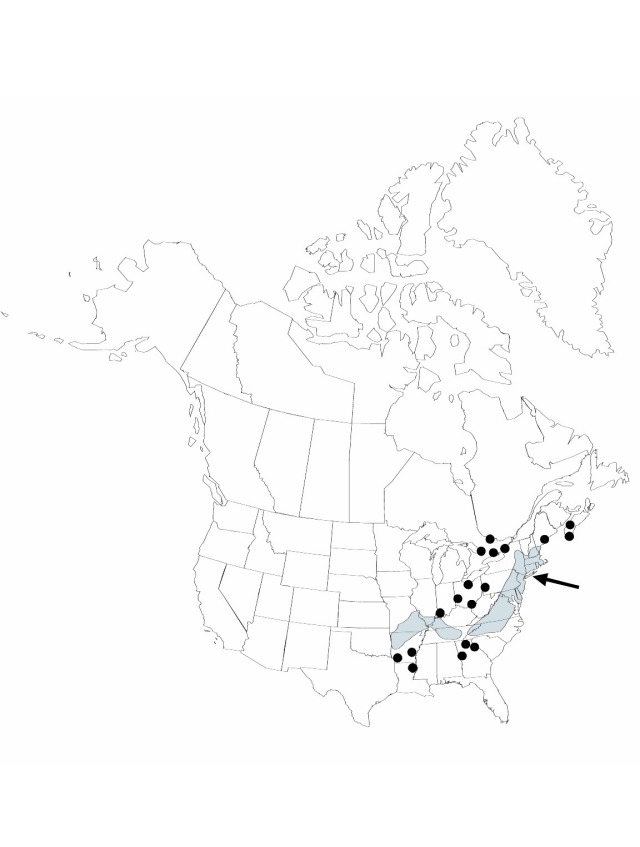Difference between revisions of "Juncus secundus"
in J. Lamarck et al.,Encyclopedie Methodique. Botanique... Supplement 3: 160. 1813.
FNA>Volume Importer |
FNA>Volume Importer |
||
| Line 44: | Line 44: | ||
|publication year=1813 | |publication year=1813 | ||
|special status= | |special status= | ||
| − | |source xml=https://jpend@bitbucket.org/aafc-mbb/fna-data-curation.git/src/ | + | |source xml=https://jpend@bitbucket.org/aafc-mbb/fna-data-curation.git/src/8f726806613d60c220dc4493de13607dd3150896/coarse_grained_fna_xml/V22/V22_69.xml |
|genus=Juncus | |genus=Juncus | ||
|subgenus=Juncus subg. Poiophylli | |subgenus=Juncus subg. Poiophylli | ||
Revision as of 16:00, 18 September 2019
Herbs, short-lived perennial, cespitose, 1.5–7 dm. Culms 1–30. Leaves basal, (1–)2–3; auricles 0.2–0.4(–0.6) mm, scarious; blade flat, 10–30 cm × 0.5–1 mm, margins entire. Inflorescences 5–15(–30)-flowered, usually somewhat loose, 1–5 cm; primary bract usually shorter than inflorescence. Flowers: chiefly along inner side of branches; bracteoles 2; tepals greenish, lanceolate, 3.3–4.4 mm; outer and inner series equal, apex acuminate; stamens 6, filaments 0.5–0.9 mm, anthers 0.4–0.8 mm; style 0.1–0.2 mm. Capsules tan or light brown, 3-locular, ellipsoid, (3.3–)3.8–4.7 mm, nearly equal to tepals. Seeds tan, ellipsoid to lunate, 0.5–0.6(–0.7) mm, not tailed. 2n = ca. 80.
Phenology: Flowering and fruiting spring.
Habitat: Exposed sites, usually with well-drained sandy soil, often associated with shallow bedrock
Distribution

N.S., Ont., Ala., Ark., Conn., Del., Ga., Ill., Ind., Ky., La., Maine, Md., Mass., Mo., N.H., N.J., N.Y., N.C., Ohio, Okla., Pa., R.I., Tenn., Vt., Va., W.Va.
Discussion
Selected References
None.